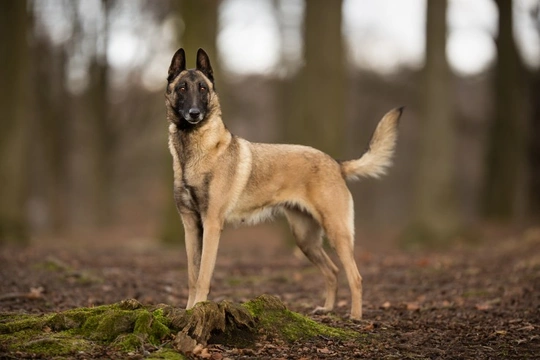
4 Key Insights into Belgian Malinois Dog Breed
The Belgian Malinois puppies, also known as the Belgian shepherd dog, have a fascinating and varied history as skilled working dogs worldwide. Although sometimes mistaken for the German shepherd, the Malinois is distinct, prized for its intelligence, stamina, and versatility in many roles.
Unusually, the majority of Belgian Malinois you see are often working dogs rather than household pets. Their energy levels and mental sharpness make them challenging in a typical home environment without a purposeful role. Careful consideration is essential before deciding to bring one into your life to ensure their needs are properly met.
They Were Originally Bred for Herding
Originating in Belgium, specifically the city of Malines (Mechelen), the Belgian Malinois is one of four Belgian herding breeds, alongside the Belgian Tervuren, Belgian Laekenois, and Belgian Shepherd. Their initial purpose was to herd and guard livestock, giving them a natural instinct for these demanding tasks. The breed's high energy and intelligence reflect this background, requiring significant exercise and mental stimulation to thrive.
One of the Most Versatile Working Dog Breeds
While traditional herding is now less common for the Malinois outside Belgium, their adaptability has seen them excel globally in numerous demanding roles. Widely used as police, military, customs, and search-and-rescue dogs, they are renowned for bravery, endurance, and ability to obey complex commands under pressure. This breed's intense work ethic is well recognised, with a long history of export for working purposes, including many decades of use in US law enforcement.
Exceptional in Canine Sports
Belgian Malinois are frequent competitors at prestigious dog shows like Crufts, excelling in sports such as advanced obedience, heelwork to music, agility, flyball, and herding trials. Their natural athleticism and eagerness to work make them excellent canine athletes, rewarded by owners who invest in fulfilling their physical and mental needs.
Challenges of Keeping a Belgian Malinois as a Pet
Despite their affectionate and loyal nature, the breed is not an ideal pet for everyone. Their high intelligence and confidence require an experienced owner capable of providing consistent training, high levels of exercise, and mental challenges to prevent behavioural issues. The breed’s protective instincts mean early socialisation and structured leadership are essential to cultivating a safe family companion.
Novice dog owners may find these traits difficult to manage, as Malinois can quickly become dominant or destructive without proper guidance. However, with patience and dedication, they can make deeply rewarding pets, devoted and hardworking members of the family.



